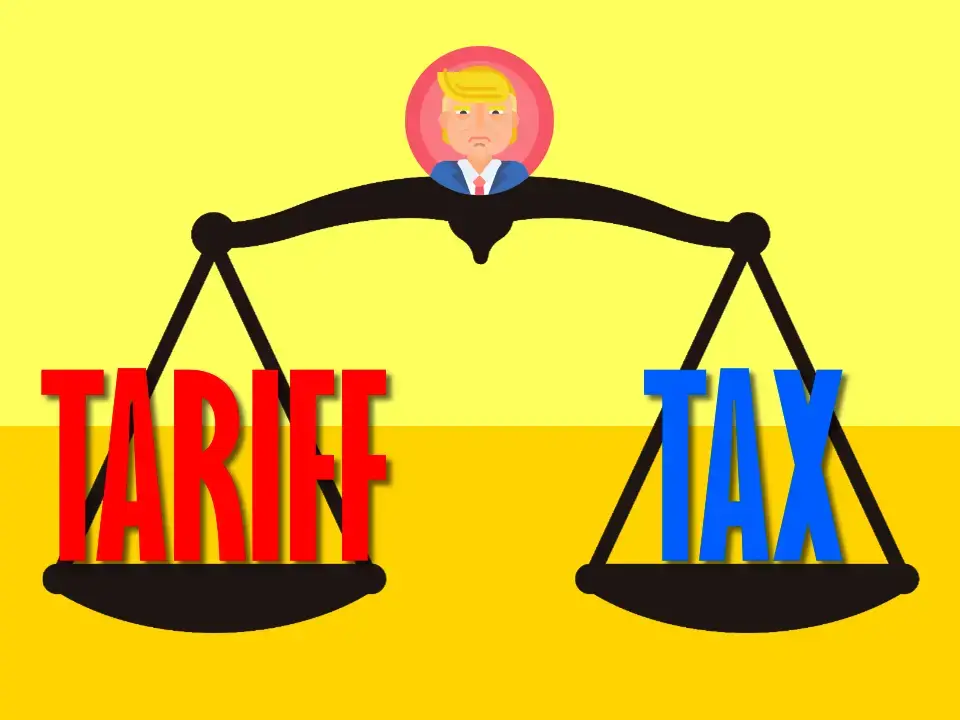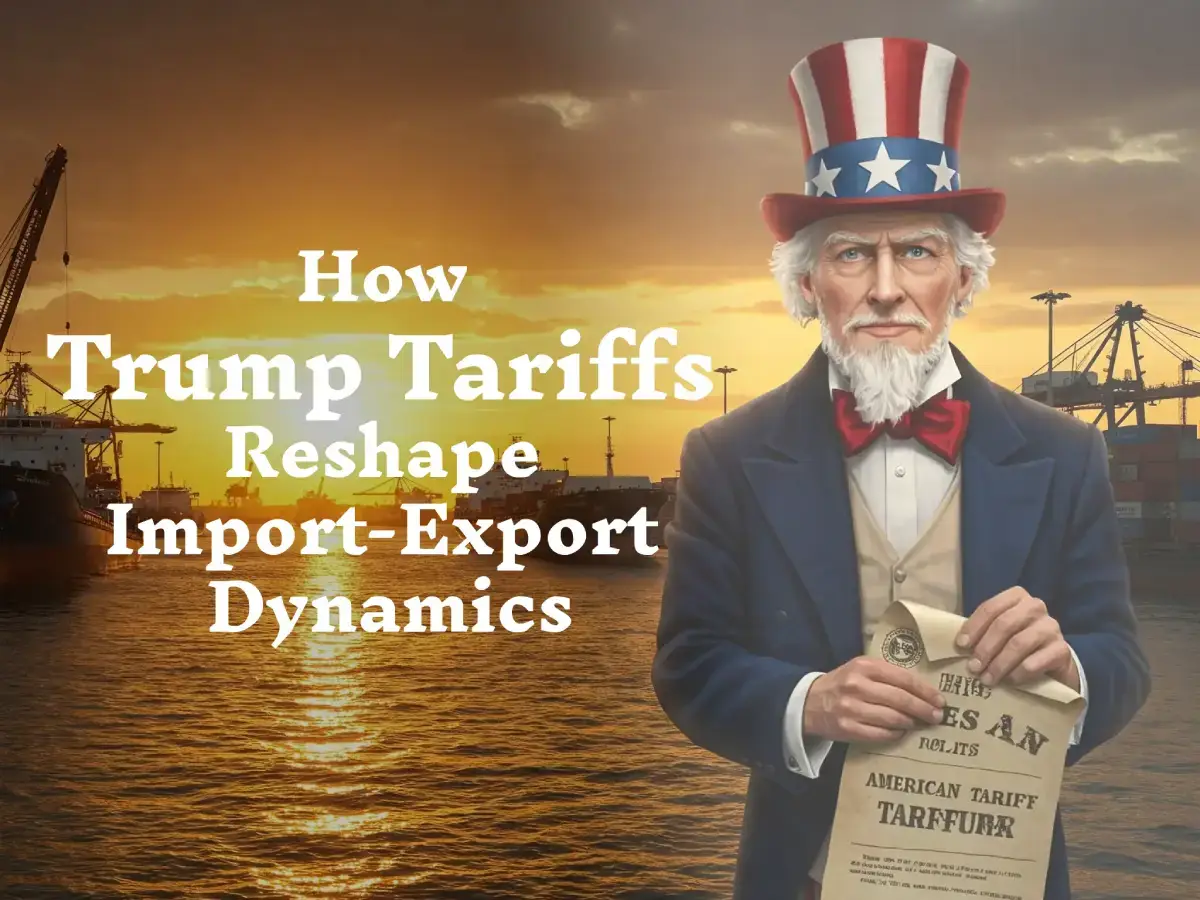The Ripple Effect: Trump Tariffs and the Shifting Sands of Global Trade
The world of international trade is a complex web of interconnected economies, where even the slightest policy shift can create significant ripples. In recent times, the implementation of tariffs by the Trump administration has sent shockwaves through this delicate system, drastically altering import-export dynamics on a global scale. To fully understand the effects of these tariffs, it’s essential to analyze the various factors that are at play.
A Look at the Tariffs
The Trump administration’s tariffs have been focused on a “reciprocal tariff” strategy. This means that tariffs would be placed on goods from countries that place tariffs on goods from the United States. In the current global economy, this has caused massive disruption.
Immediate Economic Consequences
- Increased Costs:
- Tariffs, by their very nature, increase the cost of imported goods. This added expense is often passed on to consumers, leading to higher prices for a wide range of products.
- Businesses that rely on imported materials or components also face increased production costs, which can impact their competitiveness.
- Trade Wars and Retaliation:
- The imposition of tariffs often leads to retaliatory measures from affected countries, resulting in trade wars.
- These trade disputes can disrupt established supply chains, create uncertainty for businesses, and hinder economic growth.
- Impact on Global Supply Chains:
- Global supply chains are intricately designed to maximize efficiency and minimize costs. Tariffs disrupt these carefully calibrated systems, forcing businesses to seek alternative sources of supply or relocate production facilities.
- This can lead to increased costs, delays, and disruptions in the availability of goods.
- Impact on specific nations.
- The impact on individual nations varies greatly. For example, nations with large export markets to the U.S. have been hit very hard by the new tariffs.
- China has been impacted severely, and in turn has retaliated with its tariffs.
- Nations such as India and those in the EU are also having to navigate the new global trade landscape.

Long-Term Implications
- Shifting Trade Relationships:
- Tariffs can prompt countries to seek new trade partners and forge alternative trade agreements. This can lead to a reshaping of global trade relationships and a decline in the dominance of traditional trade powers.
- Reshoring and Localization:
- In response to tariffs and trade uncertainties, businesses may choose to bring production back to their home countries or diversify their production locations.
- This trend toward reshoring and localization could have significant implications for global manufacturing and employment.
- Technological Advancements:
- Tariffs can accelerate the adoption of automation and other technological advancements in manufacturing, as businesses seek to reduce their reliance on labor and mitigate the impact of increased costs.
- Global economic slowdown.
- The instability created by tariffs and the increased cost of goods can slow the global economy overall.
Navigating the New Trade Landscape
In this era of shifting trade dynamics, businesses and policymakers must adapt to the new realities of the global marketplace. This involves:
- Diversifying supply chains to reduce reliance on any single source.
- Exploring new markets and trade opportunities.
- Investing in technology and innovation to enhance competitiveness.
- Engaging in constructive dialogue to resolve trade disputes and promote international cooperation.
FAQ on Trump Tariffs and it’s impact on global trade:
What are Trump’s tariffs?
Trump’s tariffs refer to the trade policies implemented by the Trump administration, which involved imposing tariffs (taxes) on imported goods from various countries. These tariffs were often implemented with the intent of protecting domestic industries and reducing trade deficits. The current iteration of these tariffs is focused on “reciprocal tariffs” which means that tariffs are placed on nations that place Tariffs on the United States.
How do tariffs affect import-export?
Tariffs increase the cost of imported goods, making them more expensive for consumers and businesses. This can reduce demand for imported products and alter trade flows between countries. Additionally, tariffs can lead to retaliatory measures from other nations, resulting in trade wars that disrupt global supply chains.
What are the potential consequences of these tariffs?
The potential consequences include: Increased prices for consumers.
– Disruptions to global supply chains.
– Trade wars and retaliatory measures.
– Shifts in global trade relationships.
– A slowdown of the global economy.
How are businesses adapting to these new tariffs?
Businesses are adapting by:
– Diversifying their supply chains.
– Exploring new markets.
– Investing in automation.
– And adjusting their business models.
What is the long-term outlook for global trade?
The long-term outlook is hard to predict. The tariffs create great instability in the global market. There is potential for the reshaping of global trade relationships and an overall slowdown of the global economy.


